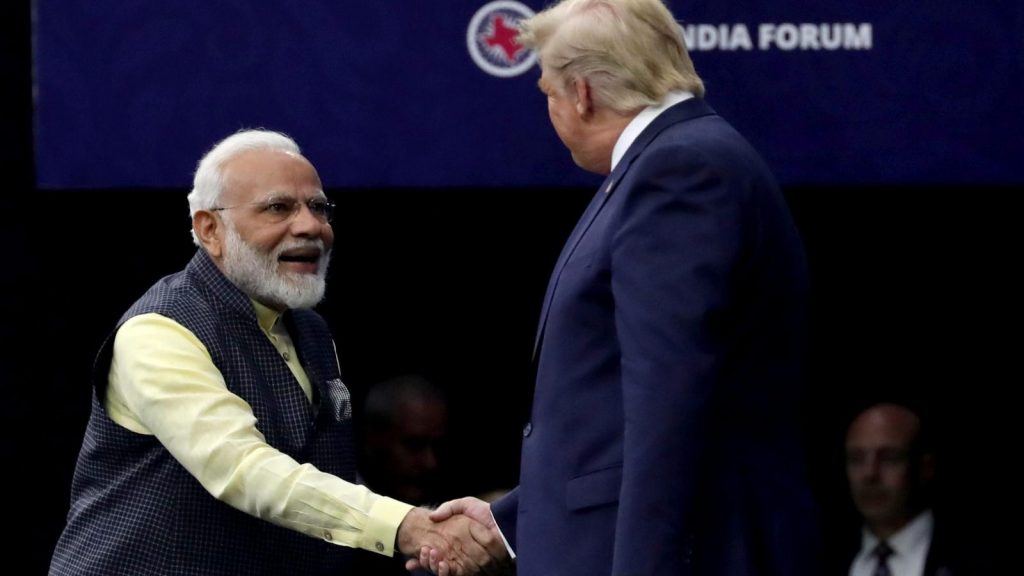The United States has classified India as a ‘developed economy’ to justify the country’s removal from its Generalised System of Preferences (GSP) scheme. The programme gives developing economies tariff-free access to the US. At its face value, the development was thrilling for every Indian. Naturally so. A dream come true. In India, nobody bargained for this epithet at least before a couple of decades from now. Also, the fact that the recognition came from the most powerful and developed country of the world made it more valued. However, the exalted tag has come at a time when India’s growth rate has been at a record low with the government struggling to come on top of myriad economic ills, primarily joblessness. Every sector is bleeding. Inflation is at a six-year high. Industrial output has been consistently contracting, weighed by a sharp drop in manufacturing. That the recognition came at such an economically dismal time makes it so paradoxical. Having said that, let’s now see the truth. The declaration by the US that India is a ‘developed economy’ is only a ploy to justify its removal from the GSP and preempt India’s possible attempts to reclaim it. The GSP is America’s oldest preferential trade scheme that offered Indian exporters tariff-free access to US markets. In 2018, the US reviewed India’s eligibility for preferential treatment. In its view, India implemented a whole lot of trade barriers making it difficult for other countries to enter its market. President Trump signed the order in November ending duty-free status for 50 items from India.
India is the largest beneficiary nation under the GSP, with its total benefits from tariff exemptions amounting to $260 million – not a huge figure. However, the metrics applied by the USRT to call our economy ‘developed’ is self-contradicting and makes it ridiculous. The USTR considers a country’s per capita gross national income (GNI) and its share in world trade as yardsticks to designate its level of economic development. Against a criterion of 0.5 per cent share of global trade, India accounts for 2.1 per cent in exports and 2.6 per cent in imports. Also, it reckons that since India, along with nations like Argentina, Brazil, Indonesia and South Africa, is part of the G20 bloc, it can be classified as being developed. All these countries are developing economy. The USTR chose to sidestep the per capita gross national income (GNI) clause while classifying India. Our GNI is below $12,375, a World Bank benchmark. Even as Commerce and Industry Minister has claimed that India does not need GSP assistance, Indian exporters have pointed out the difficulties they face in the US due to increasing competition from low-cost rivals. Therefore, losing GSP would mean handing away market share. Exports from India from a diverse set of sectors such as jewellery, leather, pharmaceuticals, chemicals and agricultural products are facing higher costs and competition in the US. India’s claim that GSP benefits are unilateral and non-reciprocal has not cut ice with the US.
The declaration coming ahead of President Trump’s India visit makes it more intriguing. Some consider it to be a sponsored act by the Modi government. Given this government’s obsession with symbolisms and optics, this opinion cannot be discounted outright. India galloping to the coveted league of ‘developed economies’ of the world no matter its total GDP is still way below $3 trillion can evoke a lot of feel-good effect inside the country. Now that the target of achieving a $5 trillion economy by 2022 is appearing too difficult, the government may have thought an upgradation to ‘developed economy’ would shroud it with glory. But such putative glee will prove self-defeating as a ‘developed economy’ tag, without corresponding economic prowess, will be counter-effective. It may blunt many benefits that our exporters are entitled outside. We hope Modi would take it up with Trump and urge him to drop this specious move.
